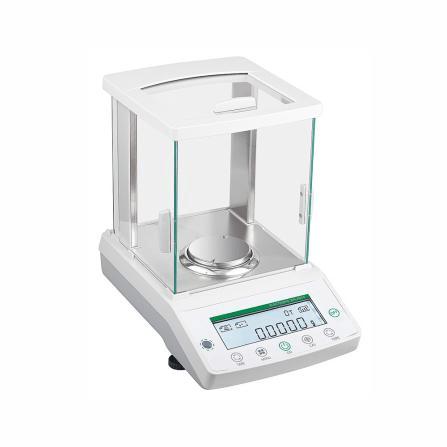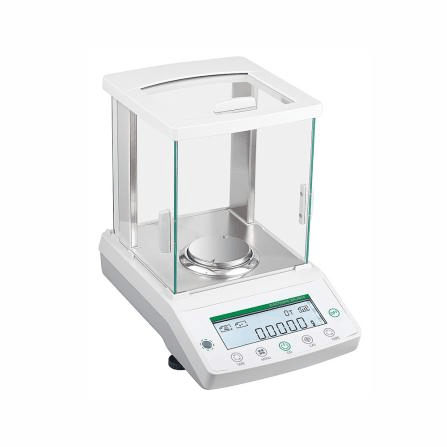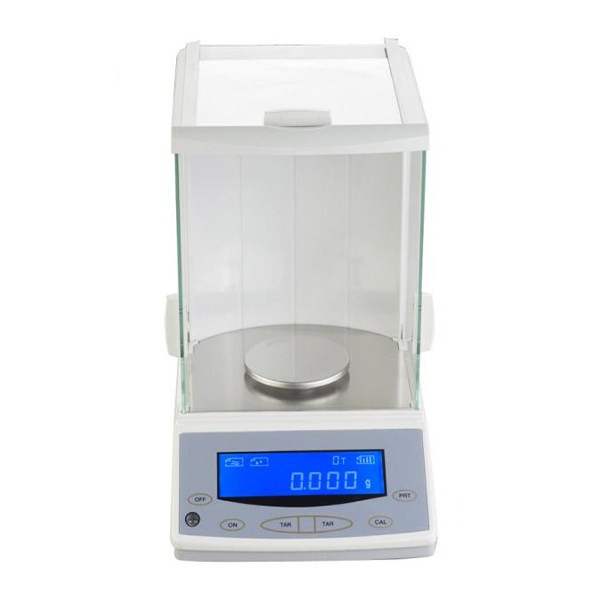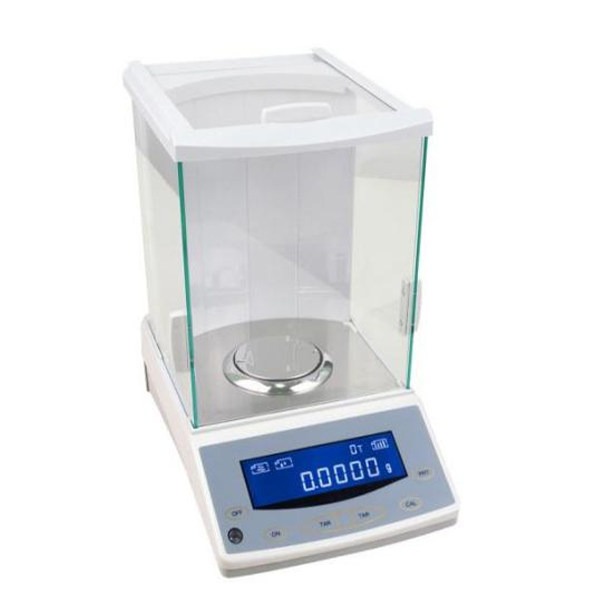As a critical tool in laboratories for accurate and precise weighing, laboratory balances are used in various applications. However, like all precision instruments, laboratory balances require proper care, maintenance, and usage to ensure accurate and reliable results. Below are five common questions frequently asked by users of laboratory balances, along with answers to each question.
1. How Often Should I Calibrate My Laboratory Balance?
Calibration frequency depends on the manufacturer’s recommendations, as well as the frequency of use and environmental conditions in which the balance is used. In general, it is recommended to calibrate laboratory balances at least once a year, or more frequently if used heavily. However, if the laboratory balance is used in harsh environmental conditions or is exposed to high levels of vibration or shock, it may require more frequent calibration to maintain its accuracy.
2. How Do I Clean and Maintain My LaboratoryBalance?
To maintain the accuracy and longevity of a laboratory balance, it is essential to clean and maintain it regularly. Use a soft, lint-free cloth to wipe down the balance after each use, and avoid using harsh chemicals or abrasive materials that may damage the balance. Additionally, make sure to keep the balance clean from dust, debris, and other contaminants that may affect its performance. Regular maintenance, such as replacing worn-out parts and lubricating moving components, can also help to prolong the life of the balance.
3. What Is the Difference Between a Precision Balance and an Analytical Balance?
A precision balance typically has a higher weight capacity than an analytical balance and is used for measuring larger quantities of material with a lower level of precision. An analytical balance is designed to provide highly precise measurements and is used for weighing very small amounts of material. Analytical balances are usually enclosed to prevent drafts, and their weighing pans are small and made of a highly polished material such as glass or metal. In contrast, precision balances have a larger weighing pan and are often open to the air.
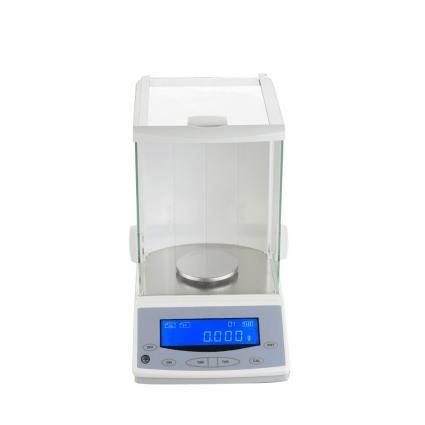
4. How Can I Prevent Electrostatic Interference When Using a Laboratory Balance?
Electrostatic interference can cause errors in laboratory balance measurements, so it’s important to take steps to prevent it.
One way is to ground the balance using a grounding wire or by connecting the balance to a grounded surface.
Additionally, using anti-static solutions, such as ionizers or anti-static mats, can help to reduce the buildup of static charges on the balance and the sample being weighed.
5. How Do I Handle Samples When Weighing Them on a Laboratory Balance?
When handling samples, it’s important to use a clean, dry container and to avoid touching the sample directly with your hands. Additionally, it’s important to allow the sample to acclimate to the temperature of the room before weighing it to ensure accurate measurements. The sample should also be distributed evenly on the weighing pan to avoid any clumps or air pockets that may affect the measurement.
By addressing these common questions, laboratory balance users can ensure that they are using their balances accurately and effectively in their laboratory work. Proper care, maintenance, and usage of laboratory balances can help to ensure accurate and reliable results and prolong the life of the instrument.

